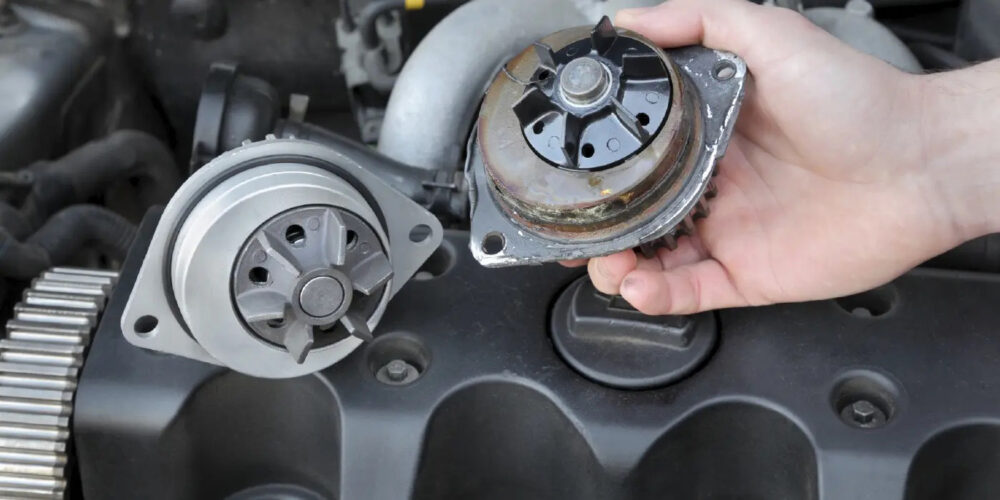My first exposure to import parts was during my earliest years in the business at a prominent Minnesota parts distributor. Back then in the 1970s, Beck/Arnley Worldparts was getting all the attention. Not wanting to miss out on an opportunity, we became aware of a large distressed inventory of Lazorlite parts that could be acquired quite reasonably. With this inventory on our shelves, we were instantly in the import parts business – or so we thought.
The first thing that was different about that Lazorlite inventory of parts was the way they were packaged. Nothing was consistent. Lots of the parts were in plastic bags and all of the parts looked weird, appearing quite different from the other parts on our shelves. They looked like OE parts. In fact, they were OE parts!
Several years later, a lot more dust had accumulated on those parts and ultimately, our severely distressed inventory of import parts was lifted by some forgiving manufacturer. That was my first and last exposure to "real" import parts, until seven years ago when I went to work for a bona-fide import specialist.
For the twenty-five or so years between these experiences, I, like many others, believed I was selling import parts the whole time. After all, I was involved with domestic parts manufacturers that handled some import coverage within their domestic product lines. These import parts applications were disguised in boxes that looked like domestic parts, with familiar names like Hastings, Monroe, Raybestos and Standard Motor Products. These popular manufacturers distributed application data that prominently listed many import models, but I distinctly remember that we were never swamped with calls for these.
After you have been involved in the automotive aftermarket for nearly thirty years as a delivery driver, counterman, store manager, outside salesman, factory representative, sales manager and owner, you’d like to believe that you’ve seen it all. Then one day, you accept a position directing the efforts of a growing import parts specialist and suddenly it hits you – very little of what you have done in your domestic parts career has prepared you for this challenge.
The moment I knew this was during my first day on the import sales counter. I understood it was important to demonstrate to my new team that I knew how to handle myself. The same Triad computer I had used for years quickly guided me through my first sale for a distributor cap, rotor, plugs and wires for a popular Toyota application. Looking up Bosch products didn’t seem any more difficult than all of those Standard Motor Products parts I had looked up so many times before. I quickly convinced myself that import parts would be no more difficult than my career in domestic parts had been.
Enter customer number two.
"Do you guys have an air flow meter for my 1986 320?," he asked.
"I’m sure we do", I said, "Just give me a second to look it up."
"Wait a minutean air flow meter – what’s that?," I asked myself.
Had I ever heard of one of these before? Did I miss a clinic I shouldn’t have? I began frantically looking in every Triad product category – nothing. Next, I thought of looking in a catalog, but I didn’t even know which one to start with.
Of course, I couldn’t admit to my new colleagues on the counter that I didn’t know what an air flow meter was. Finally I had no choice. Very impatiently, one of them answered, "Gary, that’s a mass air flow sensor to you." Welcome to the world of import nomenclature. That was just the first of many new "differences" that I would discover about selling import parts.
My rsum now includes "import specialist" as part of my experience. As the coordinator for a group of 30 prominent import specialists from all over the country, I am just beginning to comprehend the full scope of how differently domestic and import people in our industry approach their work. In the coming months, I hope to give you a better comprehension of the import parts specialist world.
Together with my associates from S.I.P.S., (Survival of Import Parts Specialists), the group of import specialists that I have the privilege to lead, in this new column we’ll help all of you understand some of the answers to the question, "What is so special about import specialists?"











